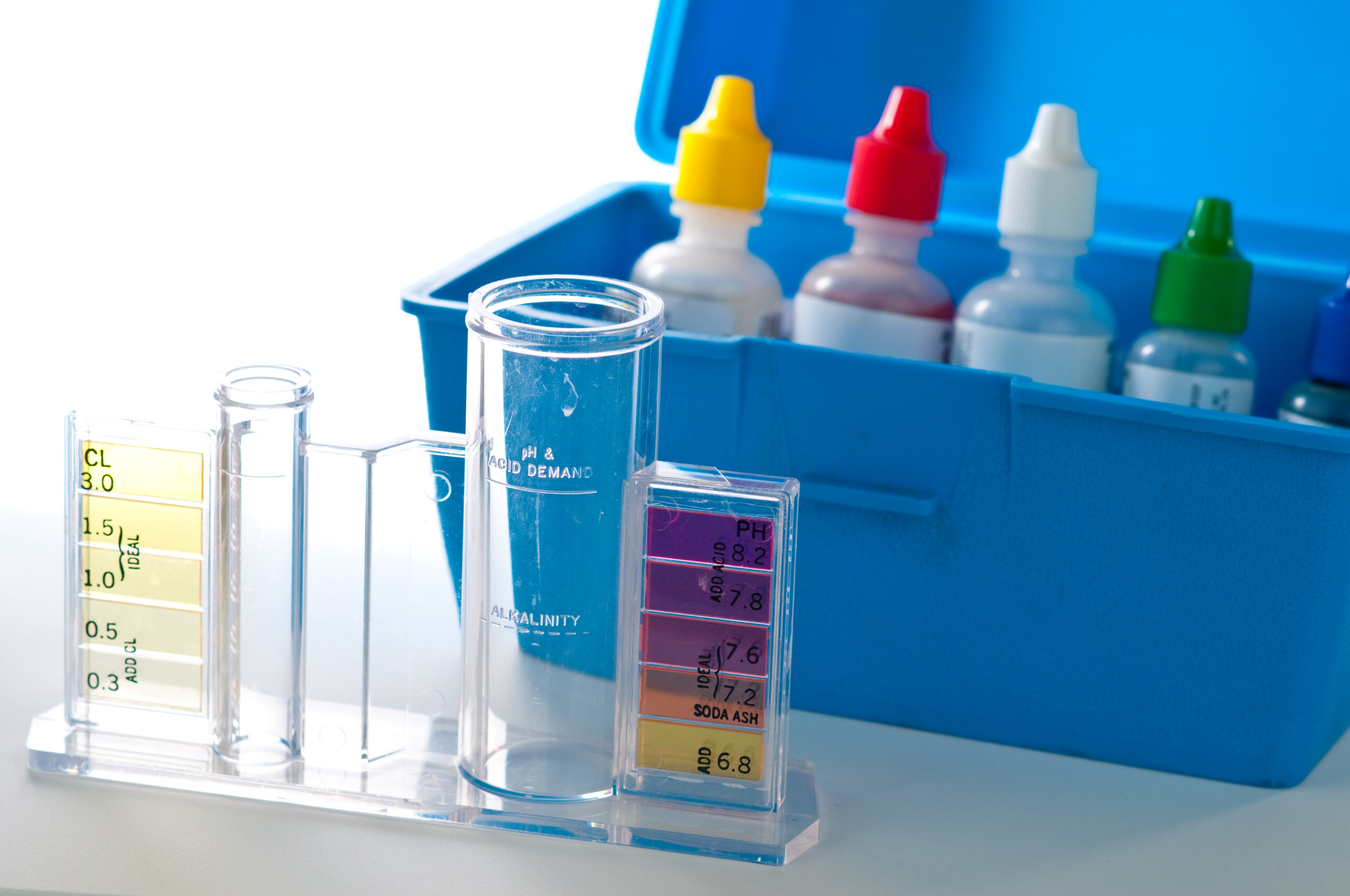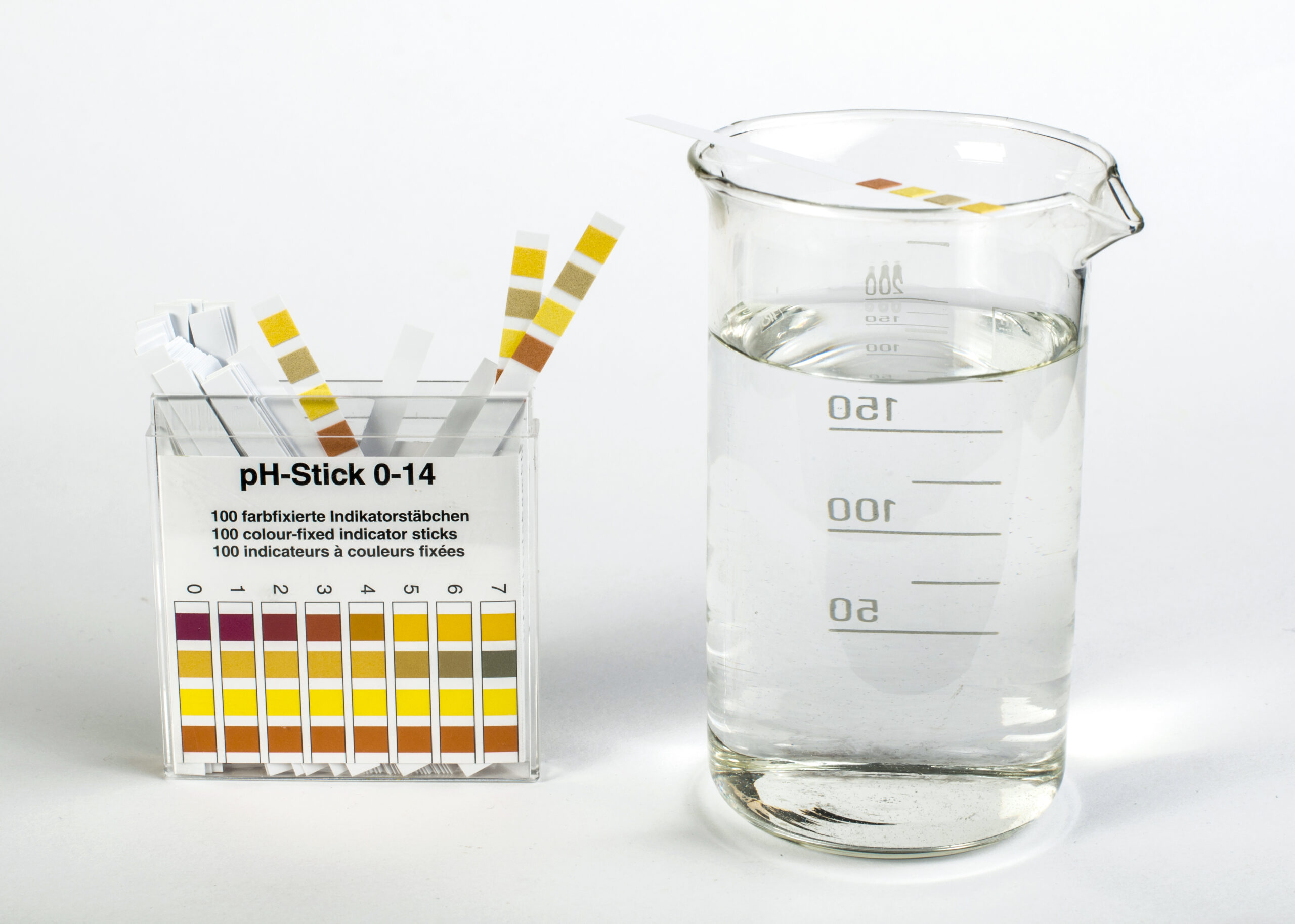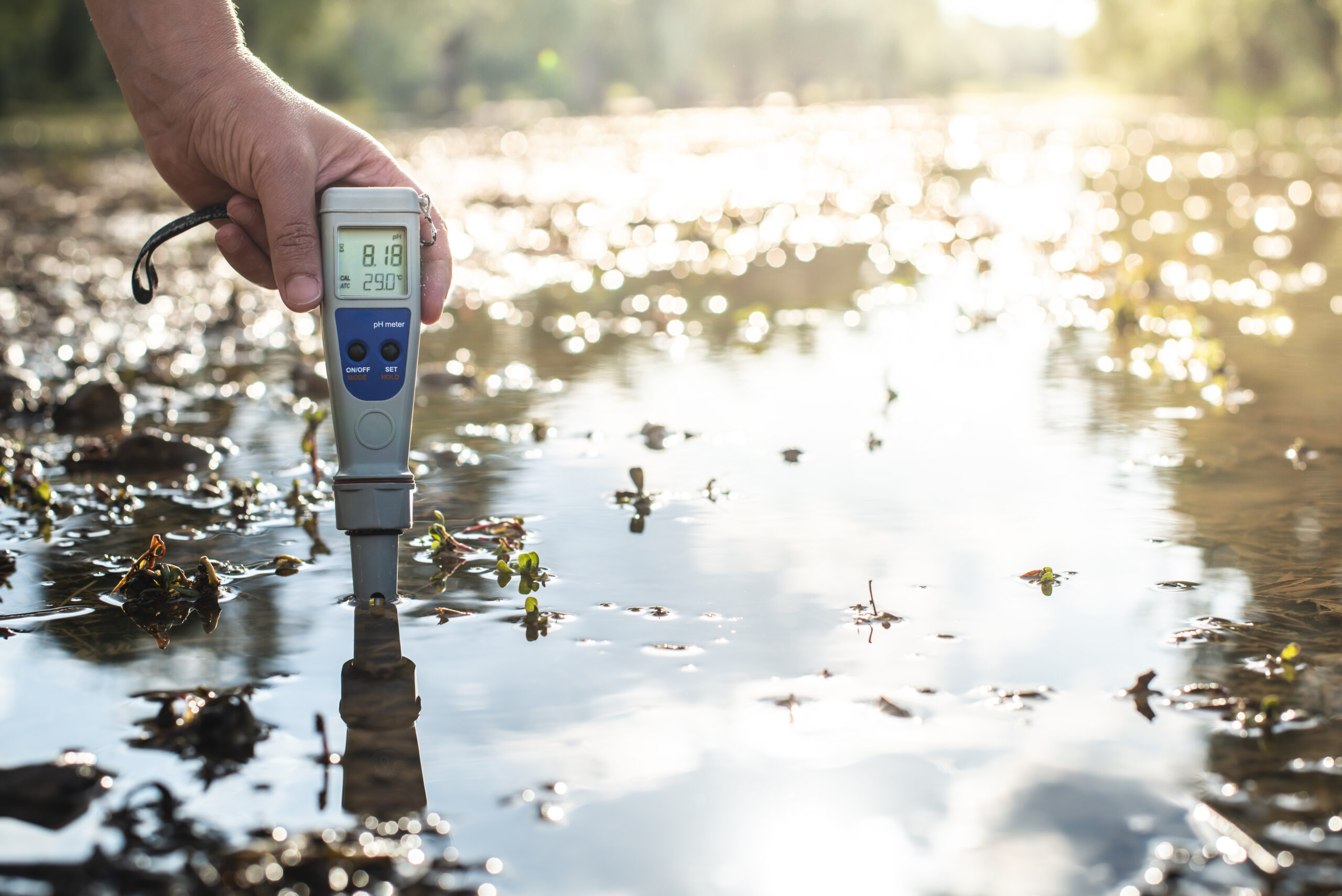How to Test Pool Water Chemistry
Pool Chemistry Testing: Why It Matters
Maintaining proper pool chemistry is essential for water safety and equipment longevity. Pool chemistry testing helps prevent algae growth, bacteria buildup, and damage to pool surfaces. Regular testing ensures that Chlorine, pH, Alkalinity, and other chemical levels remain within the recommended range.
Improper pool water balance can lead to cloudy water, skin irritation, and corrosion of pool components. Testing with reliable pool water test kits allows pool owners to make necessary adjustments before problems occur.
The Importance of Pool Chemistry Testing
Proper pool chemistry is essential for ensuring clean, safe, and transparent water. Regular testing helps prevent algae growth, bacterial contamination, and equipment damage. Understanding the key aspects of pool chemistry and testing can save time, money, and health risks.
Why Pool Water Balance Matters
Balanced pool water protects swimmers from harmful bacteria and prevents damage to pool materials. Proper pH and chlorine levels help sanitize the water, reducing the risk of infections and maintaining clear water quality. When the pH level is too high, chlorine becomes less effective, allowing bacteria and algae to thrive.
Risks of Improper Pool Chemistry
Improper pool chemistry can cause skin and eye irritation, promote harmful bacteria growth, and increase the risk of infections. It can also corrode metal components, damage pool liners, and lead to algae buildup, making the water unsafe and requiring costly maintenance.
Benefits of Regular Pool Chemistry Testing
Regular pool water testing maintains safe swimming conditions, prevents costly repairs, and minimizes common issues like cloudy water and scale buildup. Testing at least once or twice weekly helps detect imbalances early, reducing the need for excessive chemical adjustments and prolonging pool equipment life.
Understanding Pool Water Chemistry Basics
Understanding the key components of pool water chemistry is important for maintaining a clean and safe pool. Regular pool chemistry testing helps monitor these levels, ensuring the water remains balanced and safe for swimmers.
|
Chemical Parameter |
Ideal Range | Low Levels | High Levels |
| pH Levels | 7.4 – 7.6 | Causes skin irritation, metal corrosion, and surface damage. | Reduces chlorine effectiveness, causes cloudy water, and scale buildup. |
| Chlorine (Free Chlorine) | 1.0 – 3.0 ppm | Increases bacteria and algae growth. | Causes skin/eye irritation and strong odor. |
| Total Alkalinity (TA) | 80 – 120 ppm | Leads to pH instability and sudden drops. | Makes pH adjustments difficult and causes scaling. |
| Calcium Hardness | 200 – 400 ppm | Causes corrosive water, damaging surfaces and equipment. | Leads to scale buildup on walls, plumbing, and equipment. |
| Cyanuric Acid (CYA) | 30 – 50 ppm | Chlorine degrades quickly under UV rays. | Reduces chlorine effectiveness, even at proper levels. |
Types of Pool Water Test Kits
The right pool water test kit is essential for accurate pool chemistry testing. Three main types of test kits are available, each with its own benefits and limitations. Understanding these options helps pool owners select the best method for maintaining balanced water chemistry
Effective Pool Water Testing: Methods and Best Practices
Accurate pool chemistry testing is essential for maintaining clean, safe water. Whether using liquid test kits, test strips, or digital testers, following the correct procedures ensures reliable results.
Accurate Pool Water Sample
Accurate pool water testing starts with proper sample collection, as incorrect sampling can lead to misleading results. Always collect water from the middle of the pool, about 12-18 inches below the surface, avoiding return jets for skimmers. Rinse the sample container with pool water before filling it to prevent contamination, and test the water promptly to maintain accuracy.
Using Liquid Pool Water Test Kits Effectively
Liquid test kits provide precise readings but require careful reagent handling. To use them effectively, fill the test vial with a water sample, add the specified reagent drops, mix gently, and compare the colour change to the provided chart. Hold reagent bottles vertically for best accuracy, test in natural light, and rinse equipment after each use.
Testing with Pool Water Test Strips
Pool test strips quickly check introductory water chemistry, such as pH, Chlorine, and Alkalinity. Pool test strips offer a quick and straightforward way to check pH, chlorine, and alkalinity levels. Dip the strip in water for a few seconds, hold it level, wait for the colours to develop, and compare them to the chart.
Utilizing Digital Pool Testers
Digital testers provide highly accurate readings but require proper calibration and maintenance. Digital pool testers provide highly accurate readings with minimal effort but require proper calibration. Rinse the probe before use, insert it into the water sample, and allow a few seconds for the device to display results.
Find Reliable Pool Chemistry Testing Services Near You
Struggling with pool water balance? Top Pool Cleaners helps you find trusted pool chemistry testing professionals in your area.



